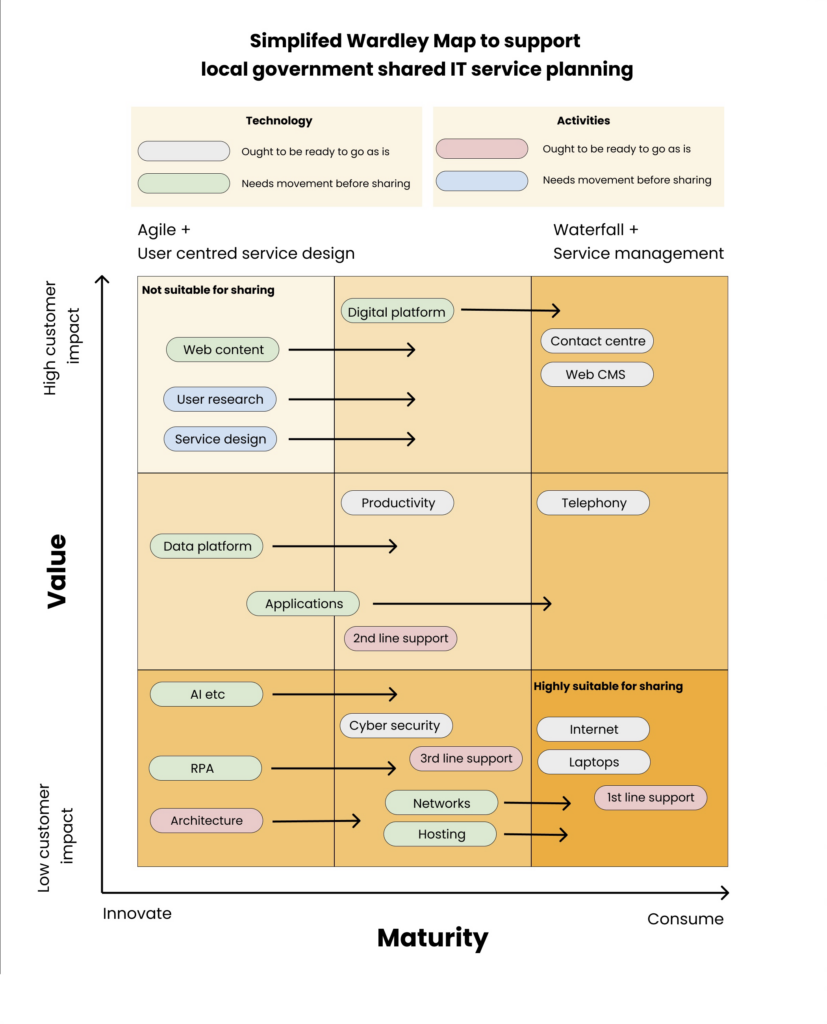Brent’s Innovation Journey: Building a ‘Base’ for Local Government Innovation by Ryan Hamilton on the LOTI blog:
At Brent, we’ve been trying to rethink how we tackle problems in a way that makes ‘innovation’ not just a buzzword, but a practical, everyday reality in local government.
That journey led us to something exciting: We will soon be launching ‘The Base’ , a dedicated space at the Civic Centre (both physical and cultural) where bold ideas, agile working and collaborative experimentation come to life.
What makes a good outcome? by Jamie Arnold:
In the world of digital and organisational change, being able to define and communicate a strong outcome is a leadership superpower. Whether you’re working on a product, service, or internal shift, a well-crafted outcome sets direction, aligns teams, and builds momentum. Here’s how to make your outcomes truly effective.
New book to improve accessibility of Welsh digital public services – from the Centre for Digital Public Services.
The Wildlife Trust’s work-in-progress digital transformation maturity scale. Really good stuff and fabulous sharing by Alice Kershaw on LinkedIn.
I like the idea of “digital everywhere” – amongst a whole range of brilliant ideas and reflections from Catherine Howe:
Digital everywhere: The embedding of digital practitioners within services alongside a digital skills development program is something I feel we’ve tested in a limited way but clearly it works when done right and I’m really looking forward to having the capacity to develop this approach. This requires a really strong approach to making sure those digital roles are properly designed and also wired into the core digital team as well as clear guide rails that need to be context sensitive.
Product strategy, prioritisation frameworks and responding to change by Alan Wright:
Product teams often face more opportunities than they can act on, with new ones arising all the time. This post explores the link between strategy and priorities, when prioritisation frameworks help or hinder, and how to empower teams to make smart, timely decisions as new opportunities emerge.
From Strategy to Strolls: A Few Weeks of Progress and Pauses, by Atika:
One of the standout achievements in the last few weeks was securing approval for our new strategic framework and governance model. This marks a significant step forward in aligning our digital ambitions with the Council’s broader priorities. The framework, shaped through collaboration and challenge, is now the backbone of how we’ll deliver impact—anchored in transparency, agility, and accountability. We’re also making good progress on the TOM work to make sure we have the culture and capability to deliver this.
The courage to digitally transform with the Digital Layer and AI – interesting talk from Mark Thompson.


